From Prep to Finish: A Comprehensive Guide to the Expenses of House Painting
Preparation Costs
Preparation is the cornerstone of any successful painting project. The first step usually involves clearing the area of furniture and personal items. If you’re painting the exterior, this might also include trimming bushes or trees that are close to the house. These tasks might seem trivial, but they come with their own set of costs, especially if you need specialized help.
Next, surface preparation is essential for an impeccable finish. This may include sanding, scraping old paint, and repairing any imperfections on the walls. Professional painters often charge for this meticulous prep work separately. It not only ensures a smooth application but also prolongs the life of the paint job. Expect these costs to vary based on the current condition of your home.
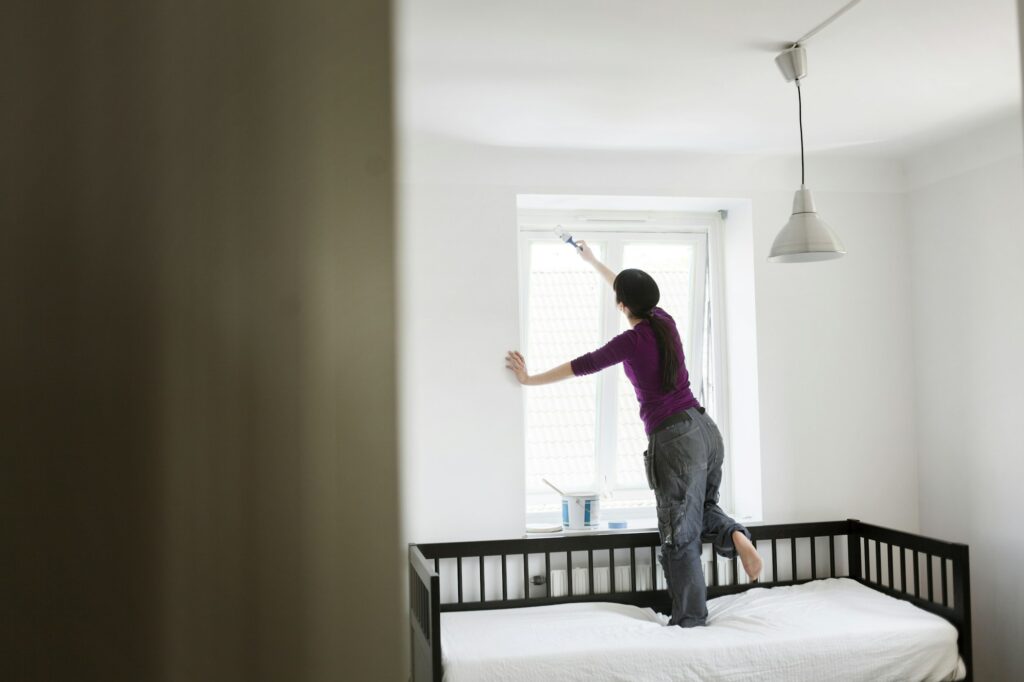
Choosing the Right Paint
The type of paint you choose plays a massive role in the overall cost. There’s a variety of options—latex, oil-based, low-VOC, and more. Each type has its own set of advantages and price points. Latex paint is generally less expensive and easier to clean up, but oil-based paint is more durable. Low-VOC paints are better for the environment, but they often come at a premium.
Quality also varies widely within each category of paint. High-quality paints provide better coverage and durability, which means you might need fewer coats. While they might be more expensive upfront, they could save you money in the long run by reducing the need for frequent repainting. Don’t forget to factor in the cost of primers and sealers as well, which are crucial for certain types of surfaces.
For more detailed information on how much paint might cost for your specific project, you can visit this comprehensive guide.
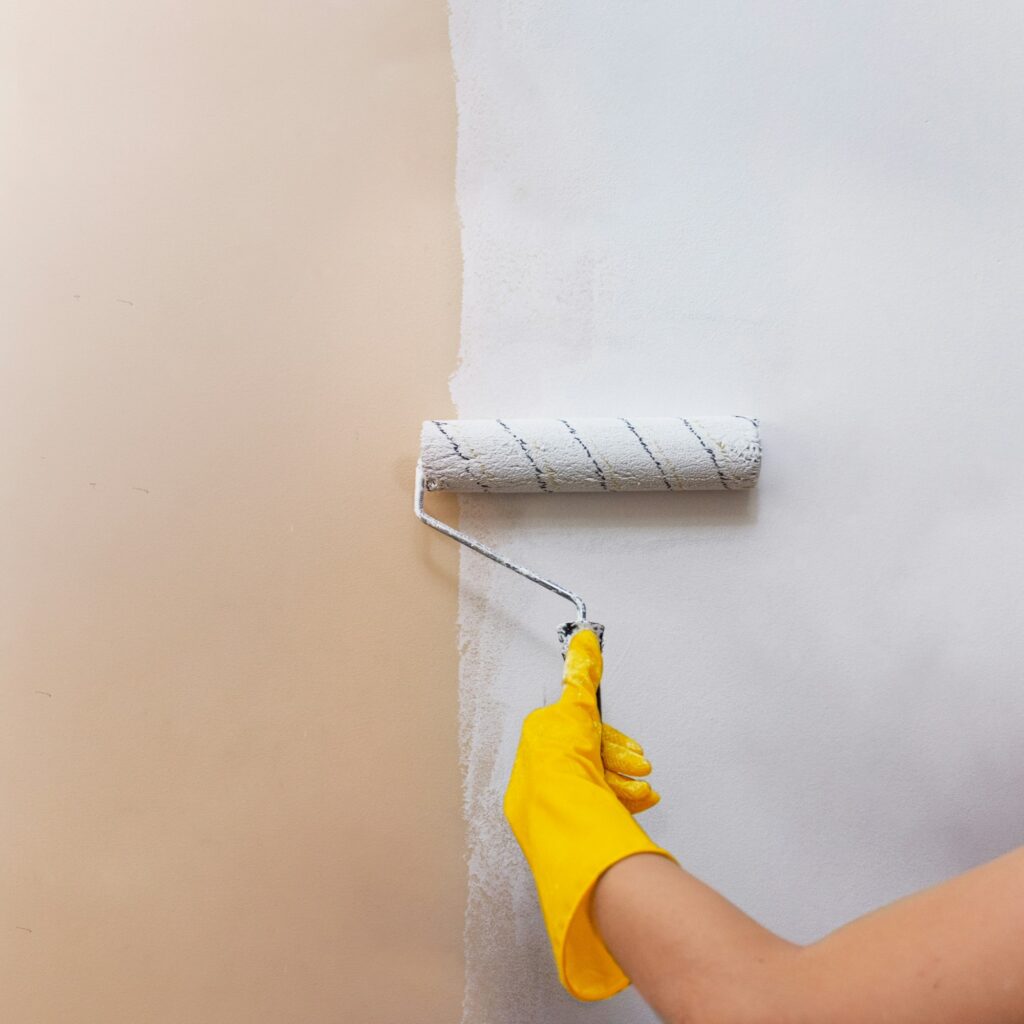
Tools and Equipment
The next significant expense comes in the form of tools and equipment. Even if you hire professional painters, they will need specialized tools such as brushes, rollers, ladders, and scaffolding. Quality tools ensure a smoother finish and can significantly speed up the job. If you opt for higher-end equipment, such as airless spray guns, be prepared for higher costs.
If you’re a DIY enthusiast, investing in high-quality tools can save you money over multiple projects. Consider renting expensive equipment that you might not use frequently. Additionally, don’t overlook the cost of protective gear such as drop cloths, painter’s tape, and respirators, which are essential for both safety and professionalism.
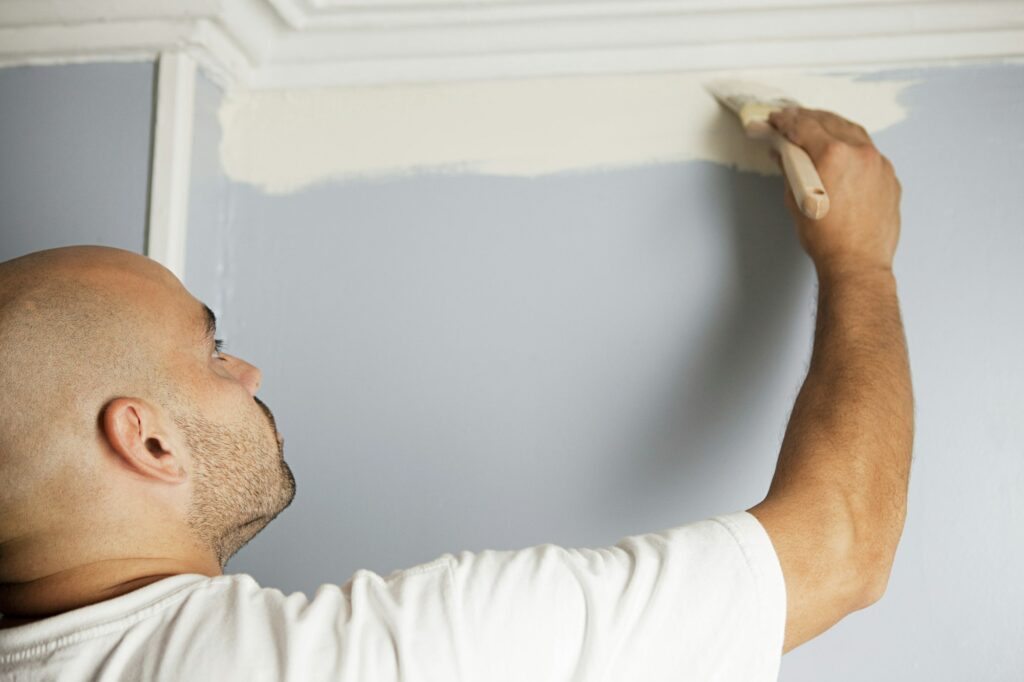
Labor Costs
Labor costs are often the most substantial part of a painting project. Hiring professional painters usually results in a higher initial outlay but can save you time and ensure a high-quality finish. Professionals bring expertise and efficiency, often completing the job faster and cleaner than a DIY effort. Labor costs can be influenced by factors such as the size of your house, the complexity of the job, and the experience of the painters.
If you’re looking for more detailed information about labor costs, this article provides an in-depth look into the expenses associated with professional painting services.
For those willing to tackle the project themselves, labor costs can be minimized but beware—the time investment can be substantial, and mistakes can be costly. Either way, weighing the pros and cons of professional versus DIY labor is crucial in your budgeting process.
Unexpected Expenses
No project goes entirely according to plan, and painting is no exception. Unexpected expenses can arise from a variety of sources. For instance, discovering mold or mildew beneath old paint can necessitate costly remediation. Similarly, structural issues like rotten wood or damaged drywall must be addressed before painting can proceed.
Another common unexpected expense is the need for additional paint. Misestimating the amount of paint required for a job can lead to last-minute purchases at possibly higher prices. Paint spills and other accidents can also add unforeseen costs.
To minimize surprises, always budget for contingencies. A good rule of thumb is to add an extra 10-20% to your estimated costs to cover the unexpected.

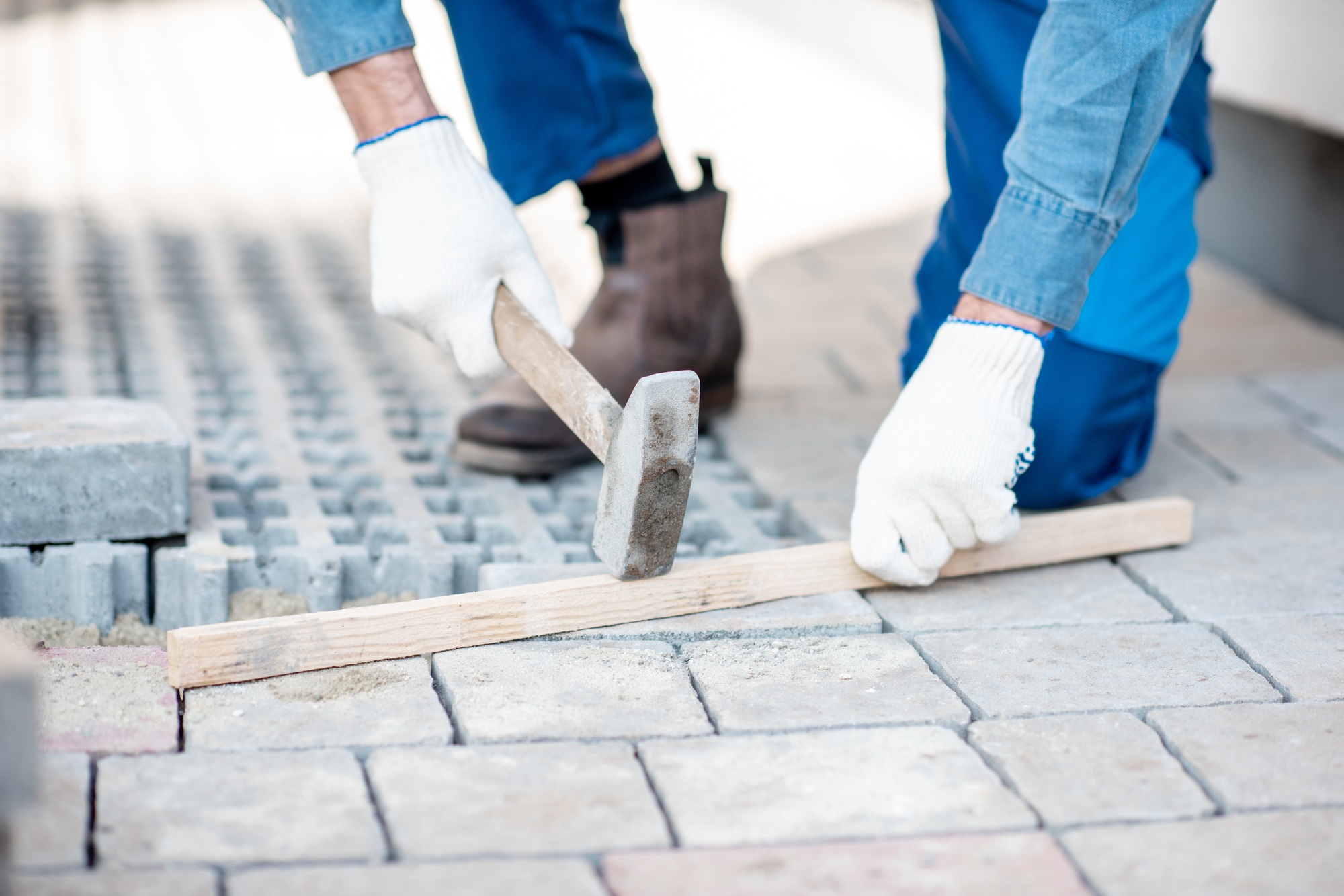
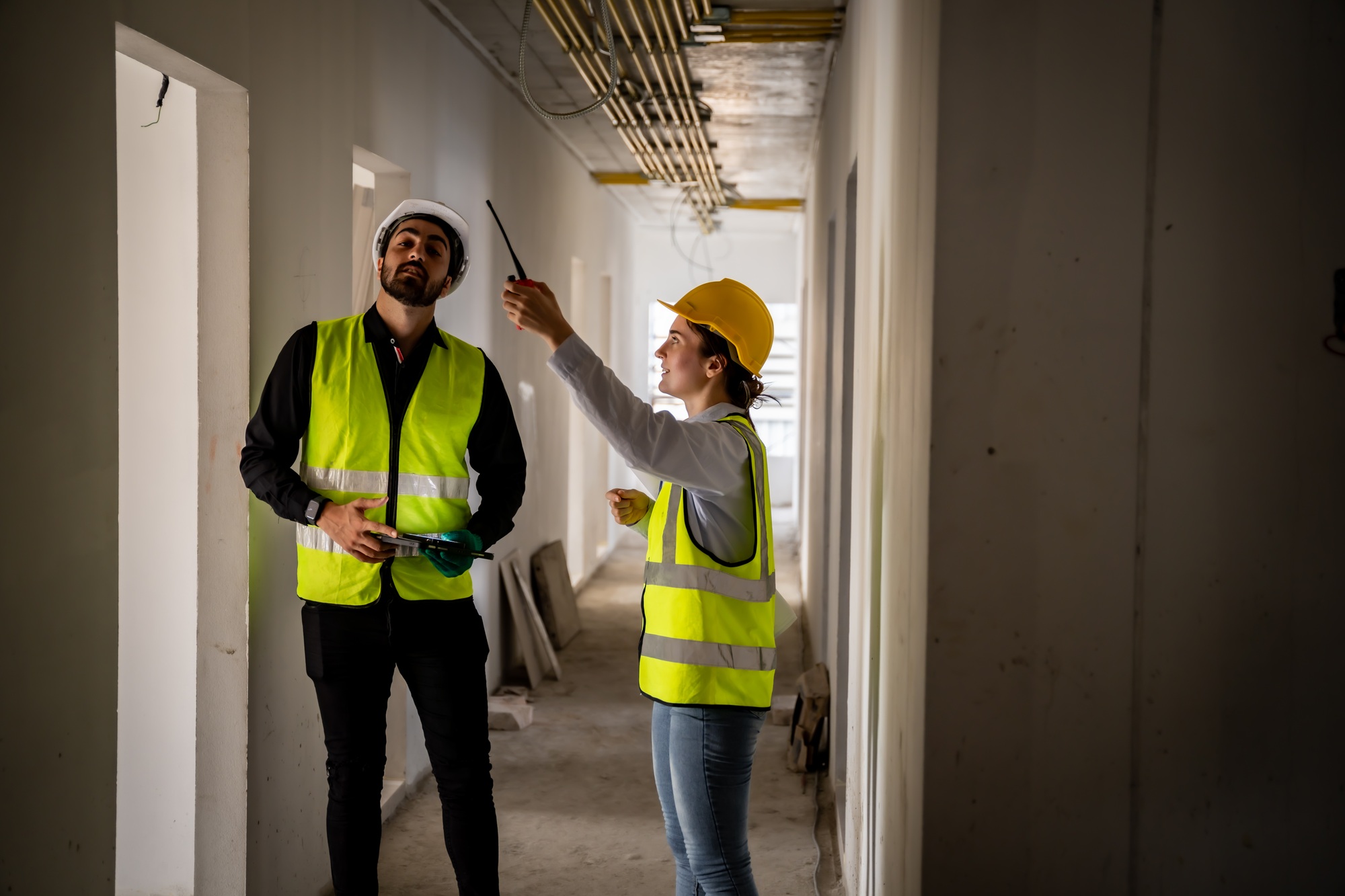











Post Comment